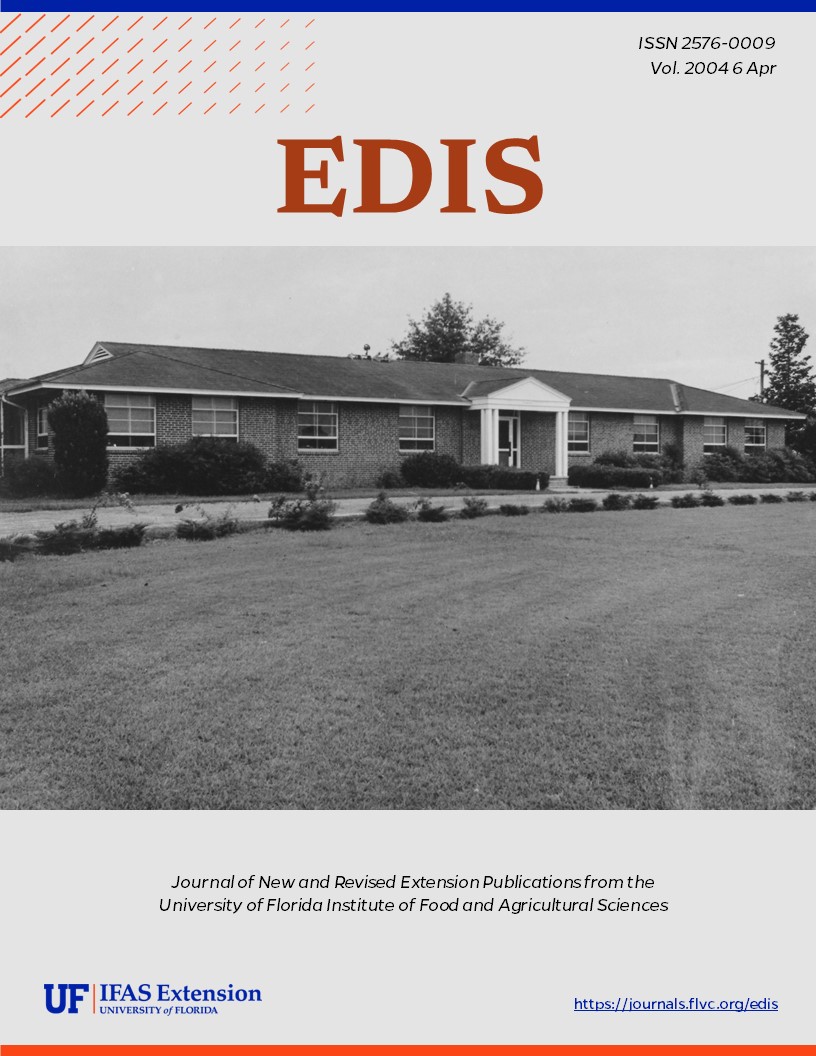Abstract
Amphipods comprise an order of crustacea, shrimp-like in form, which contains mostly marine and freshwater forms. While some species are terrestrial, they still require moist habitats. These terrestrial species are sometimes referred to as "lawn shrimp" due to their similarity to true shrimp. Amphipods were first described in New South Wales, Australia, and then later on several Pacific islands. They were first reported in the Western Hemisphere in 1918 when at least one species was found in California (Mallis 1990). This document is EENY-220, one of a series of Featured Creatures from the Entomology and Nematology Department, Florida Cooperative Extension Service, Institute of Food and Agricultural Sciences, University of Florida. Published: July 2001. Revised: November 2001.
EENY-220/IN377: Terrestrial Amphipods or Lawn Shrimp (Crustacea: Amphipoda: Talitridae) (ufl.edu)
References
Borror DJ, Triplehorn CA, Johnson NF. 1989. An Introduction to the Study of Insects. Harcourt Brace Jovanovich Publishers. 875 pp.
Hodge L. 1999. Land Shrimp: Terrestrial Amphipods. Pinellas County Cooperative Extension Service. Timely Topics 33:8. 7p.
Holsinger JR, Wang D, Sawick TR, Koenemann S. (August 2000). The Amphipod Homepage. http://web.odu.edu/sci/biology/amphome/ (11 July 2001).
Pinto LJ. 1990. Occasional Invaders. In Handbook of Pest Control. Story K, Moreland D (eds.). Franzak & Foster Co. Cleveland. 1990. pp. 833-867.
Smith EH, Whitman RC. 1992. Field Guide to Structural Pests. National Pest Management Association. Dunn Loring, VA.
Unless otherwise specified, articles published in the EDIS journal after January 1, 2024 are licensed under a Creative Commons Attribution-NonCommercial-NoDerivs 4.0 International (CC BY-NC-ND 4.0) license.

